How To Fix a Clogged Toilet Without a Plunger
Prevent your clogged toilet from overflowing and causing a potential biohazard in your home. Knowing how to clear a clogged toilet, especially when you don’t have a plunger, will help you return your bathroom to a fully functional state again.
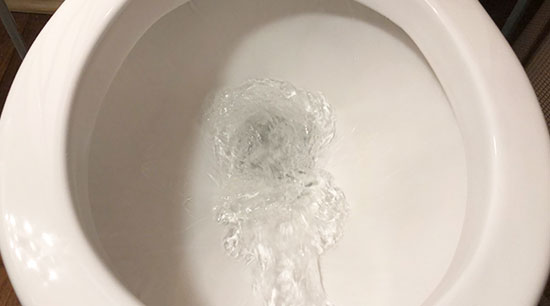
alpharettawaterdamageremoval.com assembled the following information on how to fix a clogged toilet without a plunger, the potential risks of exposure to toilet water, and how to prevent future clogs.
How To Unclog a Toilet Without a Plunger
From toys to towels, the items that make their way into the toilet bowl can be surprising, if not shocking. Before trying to unclog your toilet, do some detective work to see if anyone accidentally flushed a foreign object.
- Time required for this activity: Generally under 1 hour
- Difficulty Level: Easy/Beginner
Needed Materials:
- Safety Glasses
- Rubber Gloves
- Protective Clothing
- Bucket
- Toilet Brush
- Dish Soap
- Vinegar
- Baking Soda
Protective eyewear, clothing, and gloves are recommended due to the nature of toilet water.
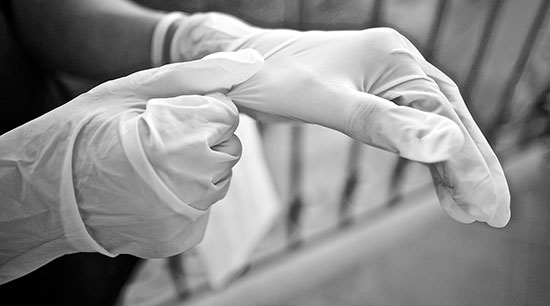
Here’s how to resolve most clogged toilets:
1. Stop The Flow of Water
By the time you get over the surprise of a malfunctioning toilet, the tank behind the bowl has likely refilled. To avoid potential overflows, find the water supply valve for the tank and shut it off.
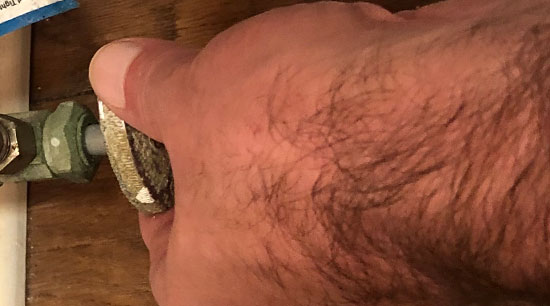
You have one last flush to use. When the water in the bowl goes down (or scoop out enough water to expose 3/4 of the bowl), take the tank cover off, and give it a flush.
- If the clog releases, great job! Put the tank cover back on and turn the water supply on. Flush multiple times to ensure the clog is gone.
- If the clog doesn’t budge, the water will rise. If this happens, reach into the tank and reposition the stopper to halt the water before the bowl overflows.
2. Purge with Hot Water
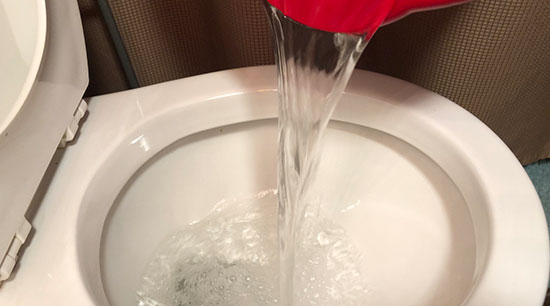
Hot water is among the easiest and should be one of the first things to try when attempting to unclog a toilet without a plunger.
- Fill your bucket with approximately 1-1/2 gallons of hot water from the sink or bathtub.
- Carefully pour the hot water into the bowl.
- Wait a few minutes for the hot water to loosen up the blockage.
- Repeat 2 or three times to fully clear the blockage.
Note: If you heat the water on your stove, do not let it reach boiling temperature. Any mishaps along the way or splashback from the toilet bowl may result in severe scalding.
3. Use Dish Soap
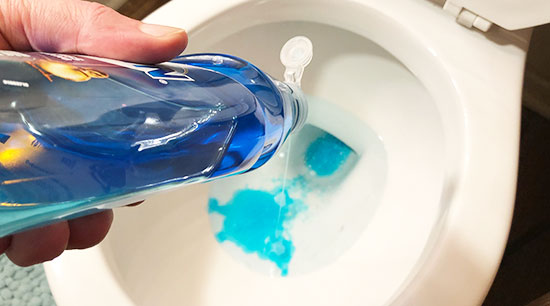
As long as the toilet is still draining (even at a trickle), dish soap may be all you need to unclog your toilet. Use the following steps:
- Add another gallon of hot water to the bowl.
- Pour 1/2 cup of dish soap into the hot water.
- Wait for 10 to 15 minutes, allowing the soap to penetrate into and around the clog.
- When the water goes down, add another round of hot water.
- Repeat once or twice until the clog dissolves enough to release.
This method is generally successful. However, some clogs can be very stubborn.
4. Use Water Pressure
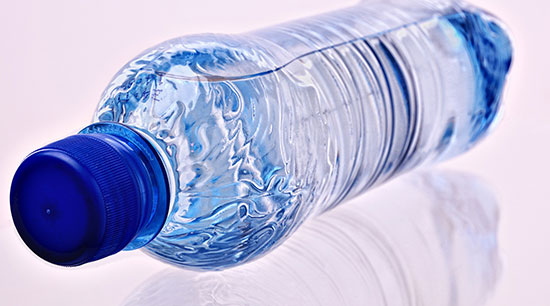
Sometimes, all it takes is a little nudge to dislodge a clog. Here’s a nifty trick that may save you time and effort.
- Let the water go down in the toilet bowl (or scoop out enough water to expose 3/4 of the bowl). Fill a 2Liter plastic bottle with warm water.
- Using gloves, place your thumb over the top of the bottle and position the top end of the bottle into the outlet at the bottom of the toilet bowl.
- Remove your thumb and forcefully squeeze the bottle, shooting water into the outlet.
- Repeat once or twice
- The pressure could dislodge the clog, returning a free flow to your toilet.
Note: This method may result in splashing water and is not recommended if fecal matter is present in the water.
5. Use Vinegar and Baking Soda
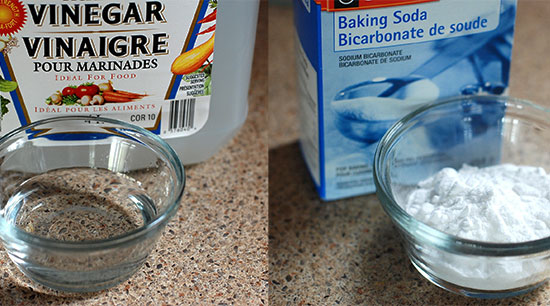
The same combination used in science class to mimic the planet’s volcanoes also makes an efficient cleaner for multiple surfaces and can even eliminate toilet clogs. Consider the following:
- Let the water go down in the toilet bowl (or scoop out enough water to expose 3/4 of the bowl)
- Pour 1 cup of baking soda into the toilet bowl. Let it sink to the bottom of the bowl and stir or mix out any clumps.
- Add about 2-1/2 cups of vinegar (pour in the vinegar slowly, in a circular motion so that it disperses evenly in the toilet.
- As the vinegar mixes with the baking soda, it will start to fizz, which should then start to break up the clog.
- Leave the mixture sitting for about a 1/2 hour before flushing.
Note: If the first attempt fails, repeat the method and let it work overnight.
6. Put Your Toilet Brush to Work
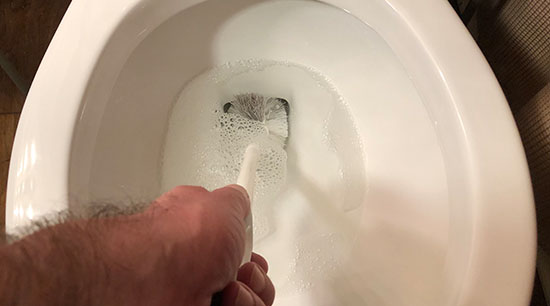
Depending on the contents of the clog, you may be inclined to discard your old toilet brush and acquire a new one after this method. Follow these steps:
- Make sure the bowl is about 1/2 full for this method.
- Force the brush as far as it will fit in the outlet hole.
- Vigorously move it back and forth.
- Pay attention to how the brush is moving in the bowl; avoid damaging or scratching the toilet’s porcelain finish.
Note: This method pushes water into the toilet outlet and may work quite well to dislodge the clog.
7. Improvise a Plumbing Snake
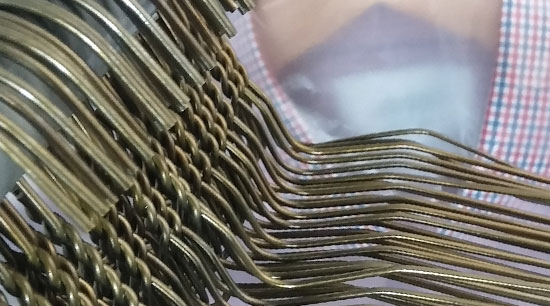
More severe clogs may require a more physical approach. Here’s how to make and use your own plumbing snake:
- Unravel/unfold a wire hanger until it’s straight.
- If you know there is a rag or toy in the drain, curl one end of the hanger back (resembling a fishhook). For other blockages, use a straight end.
- Push the end of the wire into the clogged area.
- If using a “hooked” end, gently try to snag the clog and pull it out. Otherwise, prod or nudge the clog until it loosens and flows down the drain.
Tip: Avoid damaging or scratching the bowl by using too much force.
In the event you are too late and the water has spilled over, this article lays out how to handle a bathroom flood and cleanup.
Know The Types of Water
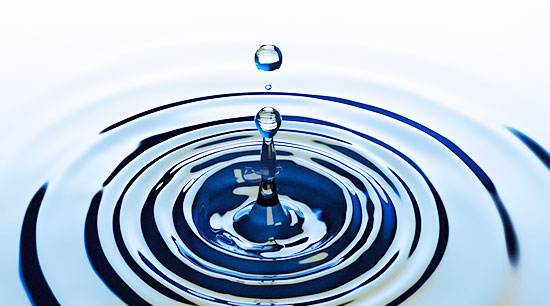
Water is divided into 3 distinct categories. Each of them requires a different level of precaution to keep yourself, your loved ones, and your home safe and healthy. The categories of water include:
Category 1 Water (Clean Water) – The Institute of Inspection Cleaning and Restoration Certification (IICRC) defines category 1 water as originating from an unpolluted or clean water source. Posing minimal risks from dermal contact, ingestion, or inhalation. Such sources may include:
- Broken toilet tank
- Appliance malfunctions (water-supply lines/hoses)
- Melting ice or snow
- Falling rainwater
When this water flows over a contaminated surface or combines with contaminated water, it can become category 2 or 3 water.
Category 2 Water (Grey Water) – Contact or ingestion of category 2 water can result in severe discomfort or illness. This water can contain microorganisms and organic or inorganic chemical or biological matter. Category 2 water sources may include:
- Toilet bowl overflows with urine but no feces present.
- Bathtub or sink overflows with soap, detergent, or cleaning product contamination.
- A ruptured water bed
This water can quickly become category 3. Microorganisms contained in category 2 water can grow rapidly depending on the time the water sits and its temperature.
Category 3 Water (Black Water) – This water is heavily contaminated with pathogenic, toxigenic, or other dangerous contaminants. It can cause severe reactions to people if contacted or ingested. Some examples of category 3 water sources include:
- Toilet water containing feces
- Any sewage line backflow regardless of appearance or odor.
- Rising floodwater, especially from rivers and streams.
- All forms of seawater flooding.
Note: There are no safe contact levels with this water. Any contact with category 3 water should be followed up with an examination from your primary care physician.
Now you are familiar with the types of water damage and know which are safe to handle on your own, and when you need to call in a water extraction and cleanup specialist.
How To Prevent Future Toilet Clogs
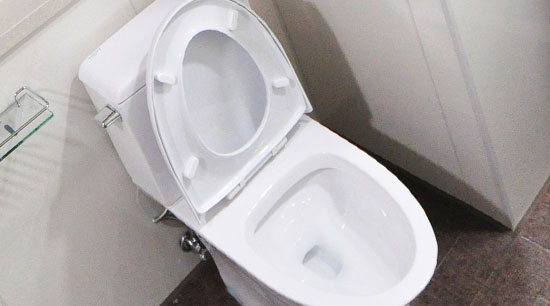
The following are ways you can prevent your toilet from clogging:
- Educate your children, adolescents, and young adults about what can and cannot be flushed down a toilet bowl.
- If a significant amount of toilet paper is necessary, don’t try to flush it all down at once. Instead, flush it in increments.
- Make your bathroom(s) a “No Toy Zone.”
- Bi-monthly, drop 1 cup of baking soda and 2-1/2 cups of vinegar in your toilet bowl and let it sit overnight (from method #5)
Take these steps to prevent future toilet clogs, and don’t ignore or forget to address the other parts of your plumbing system. These are some plumbing preventative maintenance tips that will help you avoid a plumbing disaster.
Tip: Invest in a plunger for future use.
Fixing a Clogged Toilet
In this article, you discovered how to fix a clogged toilet when you don’t have a plunger, potential risks from contaminated water, and how to prevent future clogs.
Knowing how to clear a clog from a toilet without a plunger will help you get your bathroom functioning well again, avoiding a nasty overflow and potential flooding.
Your inability to clear a clog from a toilet may result in heavily contaminated water overflowing and causing costly flood damages to your home.
Sources:
impactvt.org/unclogging-toilet/
edis.ifas.ufl.edu/he791
world.edu/water-damage-training-need-know/
(678) 505-0266
The post How To Fix a Clogged Toilet Without a Plunger appeared first on http://www.alpharettawaterdamageremoval.com

Comments
Post a Comment